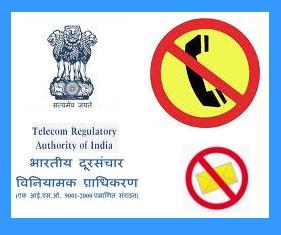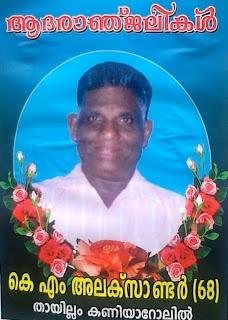1. Special casual leave upto a maximum of 20 days in a year can be granted for the following puposes.
(a) When the delegates to All India Conferences and members of the executive committees are required to attend such conferences and meetings.
(b) When members from outstation are required to attend periodical meetings with the Head of Circles.
(c) When members from outstation wait on deputation on the Minister/ MOS and Secretary (P).
2. Special Casual Leave may be allowed to members of service associations coming from outstations to attend their monthly meeting with Departmental Officers at divisional level on the following conditions: -
(a) Not more than two members are allowed this concession during year
(b) Special Casual Leave is allowed for a day/ days of the meeting and the actual time taken in the journey.
(c) Maximum limit of Special Casual Leave allowed does not exceed 12 days in a year.
(d) The concession under this item will not bring an additional benefit to the staff who under para 1 above are allowed extent of 20 days in a year. If any official is required to meet the divisional head, the Special Casual Leave granted to him for the purpose will be counted against those 20 days Special Casual Leave in a year.
(e) The local members may be given suitable offs for the duration of the meetings.
3. Public holidays and weekly offs to the extent admissible to the category of the officials to which the office bearer of the service association belong falling within the period of Special Casual Leave granted to them or immediately preceeding or following should not be counted as part of Special Casual Leave.
4. Special CL is not allowed to be combined with regular leave/ EL or half pay leave etc. An understanding reached in the Departmental Council of JCM stipulates that as far as possible the Divisional Executive committee meetings of the service associations will be held on holidays or outside office hours. As regard number of members attending the committee meetings the same will be in accordance with the constitution. Where there is no reason to believe that more members are are asking for special CL than justified, the constitution and the records of the service association may be checked up to find out whether facilities have been asked for more members than admissible under the rules.
(No. 54-19/ 59–SPB dated 31.08.1959; No. 54-13/ 71–SPB–II dated 13.01.1974)
5. The office bearers of the recognised service association may be granted special CL for attending trade union seminars subject to the condition that maximum limit of Special CL does not exceed 20 days in a year.
6. Notices issued by the General Secretaries of the Service Associations for All India Conferences/ working committees or executive committee meeting of the service association are not being circulated by the Department. Instead, the Circle Secretaries concerned should furnish an attestted copy of the notice to the Head of the Circles and other administrative offices requesting them to issue necessary instructions to the concerned authorities for granting special CL to the eligble officials, subject to the overall limits. The competent authority will then sanction special CL to the eligible officials provisionally on receipt of applications from them. On completion of the conferences/ meetings, the officials concerned will be required to produce a certificate from the General Secretary to the effect that they had actually attended the conference/ meeting for its full duration. Therafter special CL granted provisionally will be regularised.
7. The other facilities such as deputation of official observer to the conferences, permission to conduct conferences within the departmental premises outside working hours, grant of special CL to the delegates to the Circle Conferences, should continue to be extended at the time of elections of the service associations from which facilities had been withdrawn for not conducting the prescribed elections in time. These facilities would not however, be available to the office bearers of the concerned branch which failed to hold the elections in time.(No. 16-38/ 82 – SR (Pt.) dated 28.08.87)





